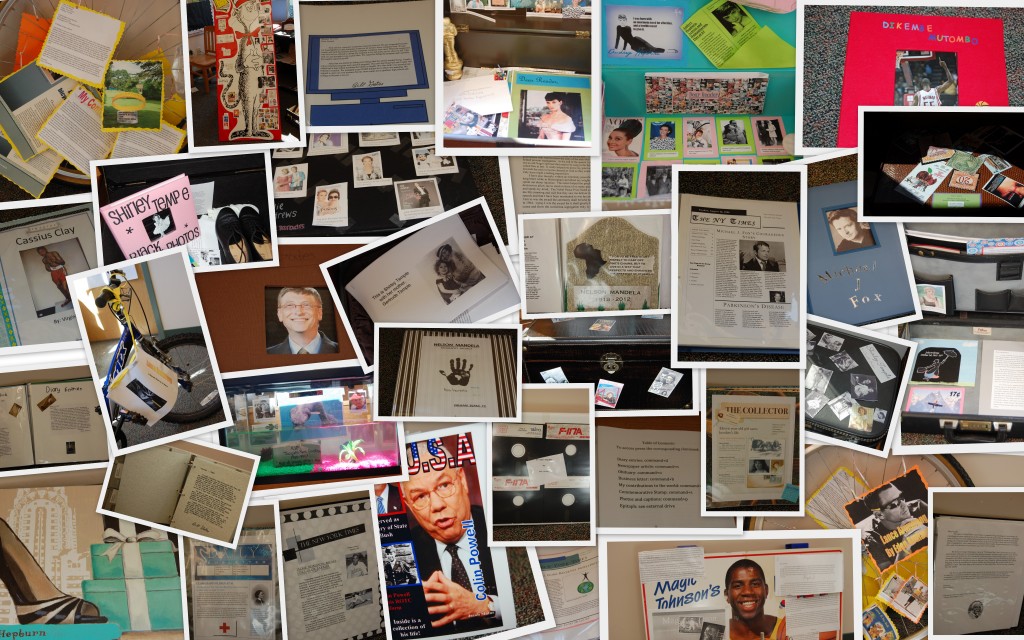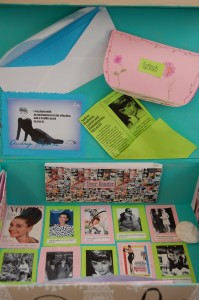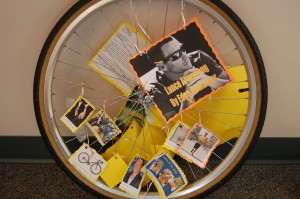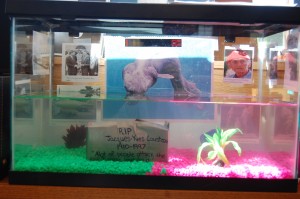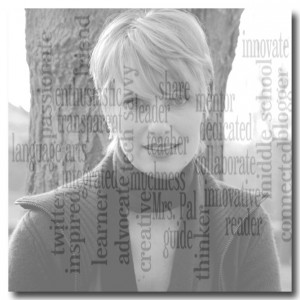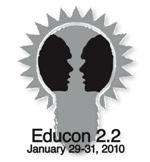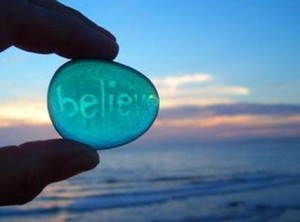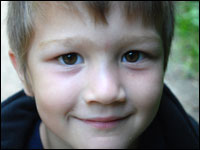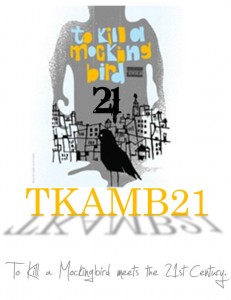….or passion+projects+technology=engagement
…or those first grade teachers are on to something!
…or teaching is a skill, not a content (or grade level for that matter)
When thinking about pairing projects and technology in my lessons, it actually isn’t even a thought. It has become such a natural part of my lesson design that my students, parents, and administrators expect it. This is not something I was taught in college…it is a mindset that was fostered during an amazing student teaching experience. Believe it or not, I student taught first grade. I was positive that I wanted to be a lower elementary teacher who could inspire the kids at the very beginning. My cooperating teacher, Kathy Horstmeyer, was the best of the best. Her classroom was not traditional…there were no desks, lots of noise, and the room seemed to transform into ponds, space, jungles, or whatever the theme of the week was. Students were always actively engaged in small learning groups, thematic projects, and thoughtful reflection of their learning…at a mere 7 years old. This is where I learned how to be a teacher. This is where I had a sense of how passion, projects, and technology could transform a classroom.
From this experience, I was asked to interview for a middle school position within the district. The thought absolutely terrified me! Of course, I got the job and began my own teaching journey as a 21-year-old teaching 7th graders language arts and social studies. The way that I conquered my fears in those early days is the reason I am the teacher I am today. I consciously decided that I would take what I learned from teaching first grade and apply it to 7th grade, but just at a higher level. I planned my lessons to be cooperative, project based, reflective, as well as infused with whatever technology I had at the time. I was going to replicate that feeling of passion, learning, and excitement that I witnessed in first grade… in my middle school classroom. You know what I found out? Those first grade teachers were on to something! Middle School students completely disengage when taught in a more traditional manner…they are kids who are passionate about different things, who are exploring their individuality, who enjoy collaborating, and who use technology as we use a pencil. Early on, my goal became to learn as much from my students as they learn from me…16 years later, it still is. Passion based learning and technology have allowed me to be a guide within the classroom directing students, and figuring out how each student learns best.
Personally, I think every student teacher should have to teach first grade. They are the masters of differentiated instruction, project based learning, student centered curriculum, integrated instruction, and use technology to enhance learning on a daily basis. They are modeling the 21st Century Skills of creativity and innovation, critical thinking and problem solving, as well as communication and collaboration. Go ahead…hang out in a first grade classroom…you’ll see…those first grade teachers are on to something!


